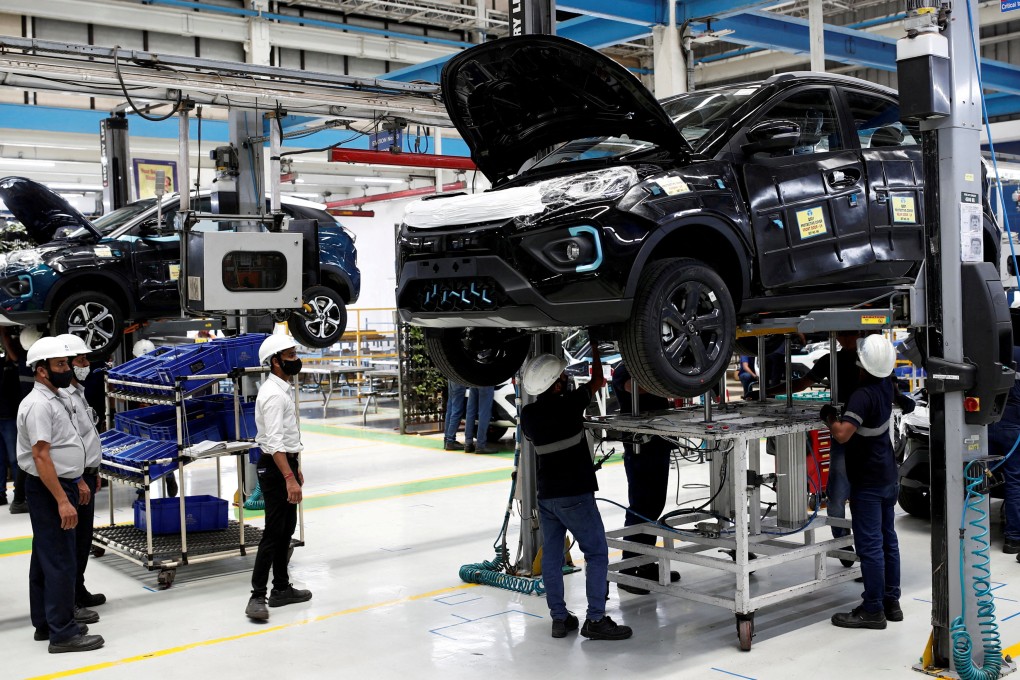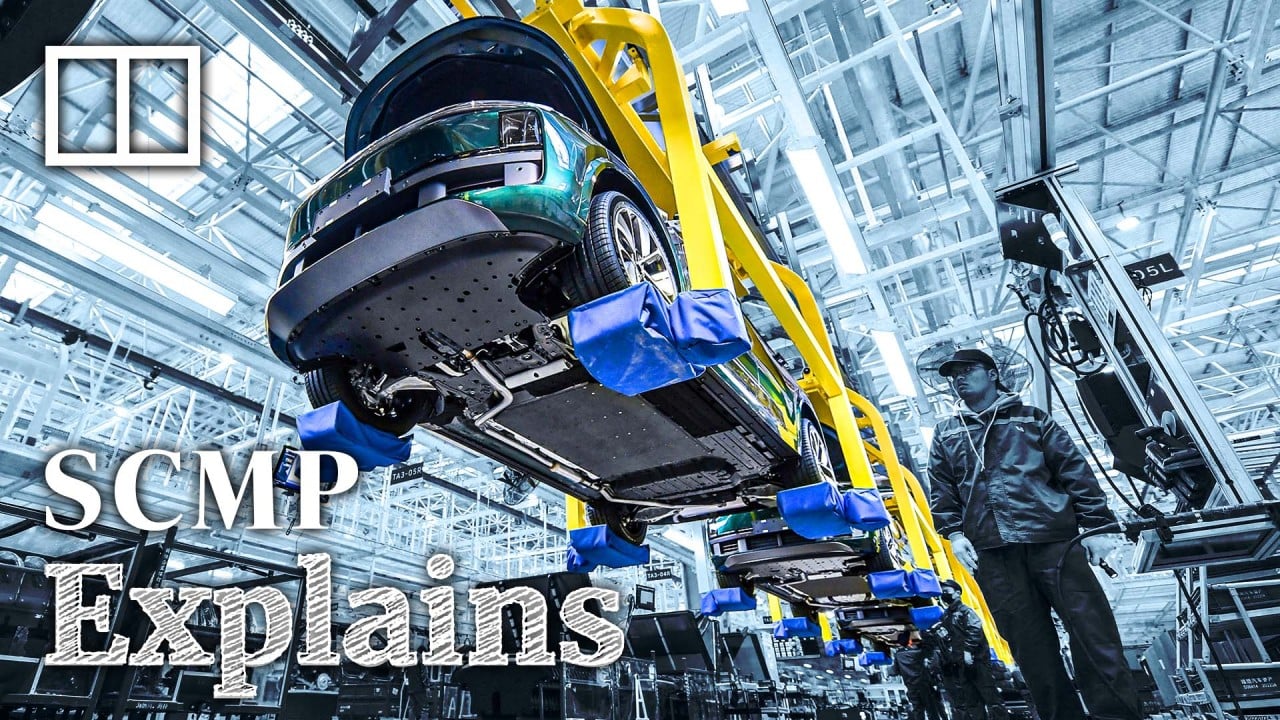The View | Why India shouldn’t try to shut the door on Chinese EV makers
- India’s demand for electric vehicles is rising, but geopolitical tensions and national security concerns are limiting Chinese EV makers’ access
- The Indian port equipment and smartphone industries show how Chinese technology with value to India will find a way in despite these hurdles

Dealing with climate change is another motivation, one that has prompted India to sign up for the Electric Vehicles Initiative (EVI), a multi-government policy forum to fast track the introduction and adoption of electric vehicles. Thirteen signatory countries have accepted the EVI’s EV30@30 campaign, whereby at least 30 per cent of new vehicle sales should be electric by 2030.
Within India’s passenger vehicle market, which saw nearly 4 million units sold in the last financial year, EVs made up just 2 per cent of overall sales, showing their substantial scope for growth. MG Motor India – the first Chinese EV company to enter the Indian market, and one which has the second-largest share of the country’s passenger EV market – saw 186 per cent year-on-year growth in 2023.


